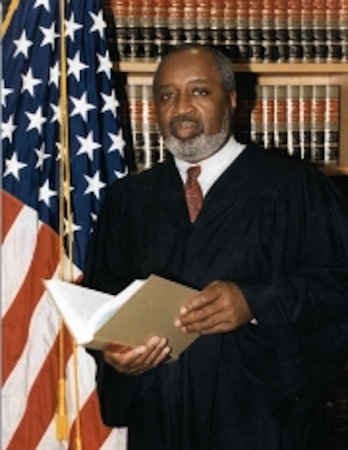City suffers another setback in PCB case

Sterling_Johnson_Senior_District_Judge.jpg
The protracted battle between the New York City Department of Education (DOE) and New York Communities for Change (NYCC) over the removal of toxic light fixtures in schools may soon be over.
Brooklyn Federal Court Judge Sterling Johnson Jr. denied the city’s motion to dismiss the case against it, finding the city’s arguments “disingenuous.”
Between 1929 and 1979, institutions used a class of chemicals called polychlorinated biphenyl (PCB) in various light fixtures and caulking. The harmful chemical was heavily used in many New York City Public School buildings before it was banned in 1979. Numerous tests and studies have shown that, PCBs cause detrimental health effects.
